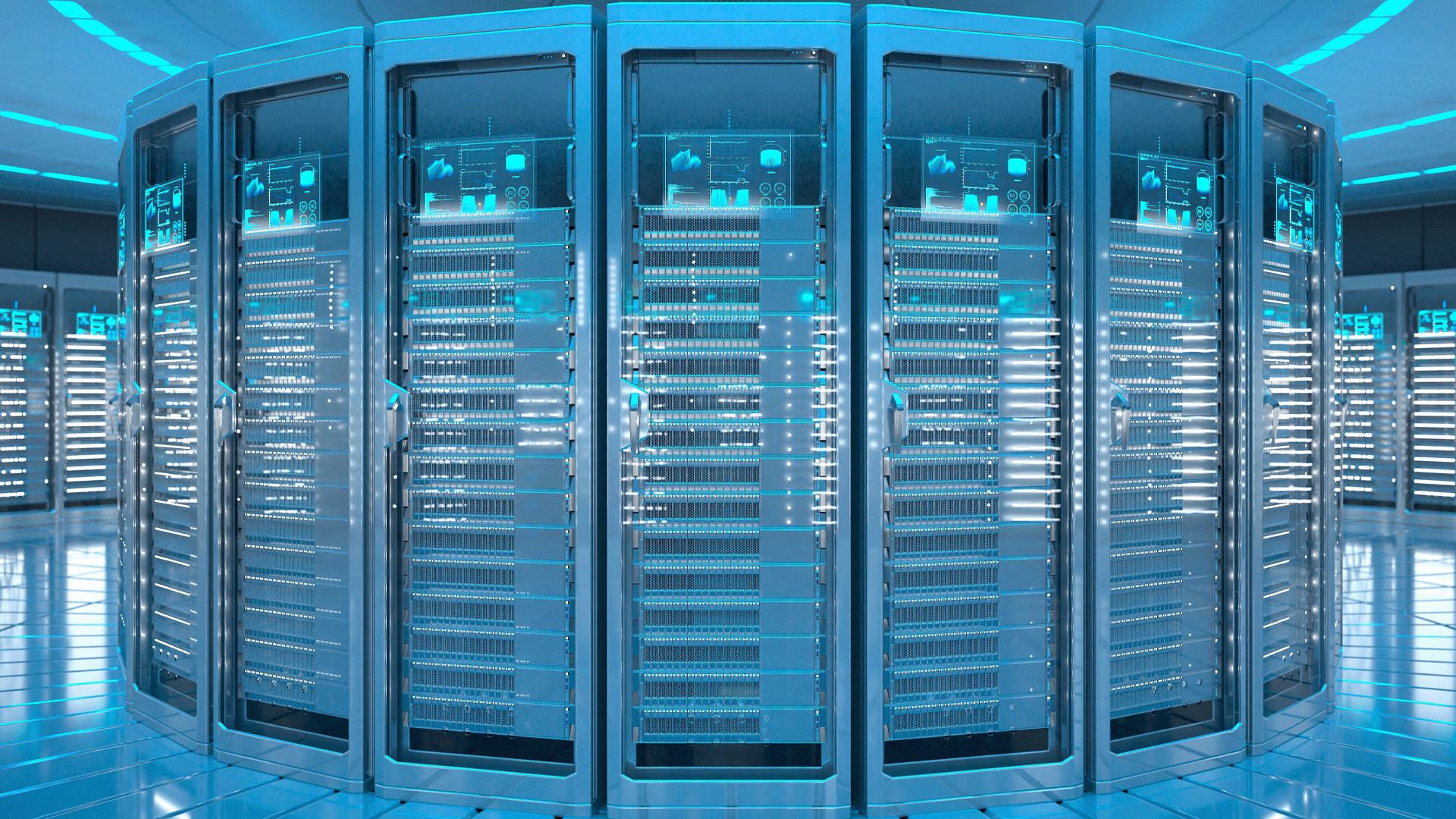As data centers grow more powerful, the challenge of keeping servers cool becomes more complex. Traditional air cooling methods, once sufficient for lower-density racks, are now struggling to keep pace with today’s heavy workloads. Liquid cooling has emerged as the most effective solution, capable of managing high thermal loads while improving efficiency and sustainability. But not all liquid cooling systems are the same. Understanding the different approaches and how sanitary components support them is essential for engineers and procurement teams building next-generation facilities.
Direct-to-Chip Cooling
Direct-to-chip liquid cooling is one of the most widely adopted methods in modern data centers. In this approach, coolant circulates through cold plates mounted directly on CPUs, GPUs, and other high-heat components. Heat is transferred from the chips into the liquid, which is then pumped through a closed-loop system for heat exchange and recirculation.
Because the coolant is delivered precisely where it’s needed, direct-to-chip systems are highly efficient and can handle extremely dense compute loads. Sanitary tube fittings, valves, and 316L stainless steel tubing play a critical role here in ensuring a leak-free, corrosion-resistant, and contamination-free environment that protects sensitive hardware and supports reliability.
Immersion Cooling
Immersion cooling takes a different approach by submerging entire servers or components directly into a dielectric (non-conductive) fluid. This method allows for highly efficient heat transfer and can reduce energy consumption significantly compared to air cooling.
Immersion systems require robust fluid circulation infrastructure, including sanitary-grade piping, sanitary pumps, and seals that can withstand continuous operation and maintain fluid purity. For hyperscale facilities and AI workloads where thermal performance is important, immersion cooling is becoming an increasingly attractive option.
Rear-Door Heat Exchangers
Rear-door heat exchangers (RDHx) are a hybrid solution that bridges the gap between traditional air cooling and liquid-based systems. These units mount to the back of server racks, where they use liquid-filled coils to absorb heat from exhaust air before it re-enters the room.
While less invasive than direct-to-chip or immersion methods, rear-door heat exchangers can significantly boost cooling capacity without requiring a complete infrastructure overhaul. Proper sanitary connections and corrosion-resistant components ensure that these systems remain efficient and low-maintenance over time.
Cold Plate & Secondary Loop Systems
Some data centers use a combination of cold plates and secondary liquid loops to manage heat more flexibly. These systems transfer heat from server components into a facility water loop via a coolant distribution unit (CDU). The secondary loop isolates the IT hardware from building water, providing additional safety and control.
Here, sanitary valves, tubing, and fittings are essential for connecting distribution manifolds, regulating flow, and ensuring system cleanliness, all of which directly affect performance and uptime.
Why Sanitary Components Matter
Across all liquid cooling methods, the quality of the fluid handling system determines long-term performance and reliability. Stainless steel sanitary components like tri-clamp fittings, valves, tri-clamp gaskets, and tubing offer corrosion resistance, are easy to clean, and provide leak-free operation. These qualities are critical in environments where uptime, safety, and thermal performance cannot be compromised.
We supply the components that keep liquid cooling systems running smoothly. Whether you’re designing a direct-to-chip loop, planning an immersion tank, or upgrading to rear-door heat exchangers, our sanitary fittings deliver the reliability and quality your data center demands.
The Future of Data Center Cooling
As AI, cloud computing, and high-performance workloads continue to evolve, liquid cooling will remain at the center of data center design. Each method offers unique advantages, and many facilities will adopt hybrid solutions tailored to their specific needs. With the right sanitary infrastructure in place, your cooling system can deliver maximum performance, efficiency, and uptime for years to come.

